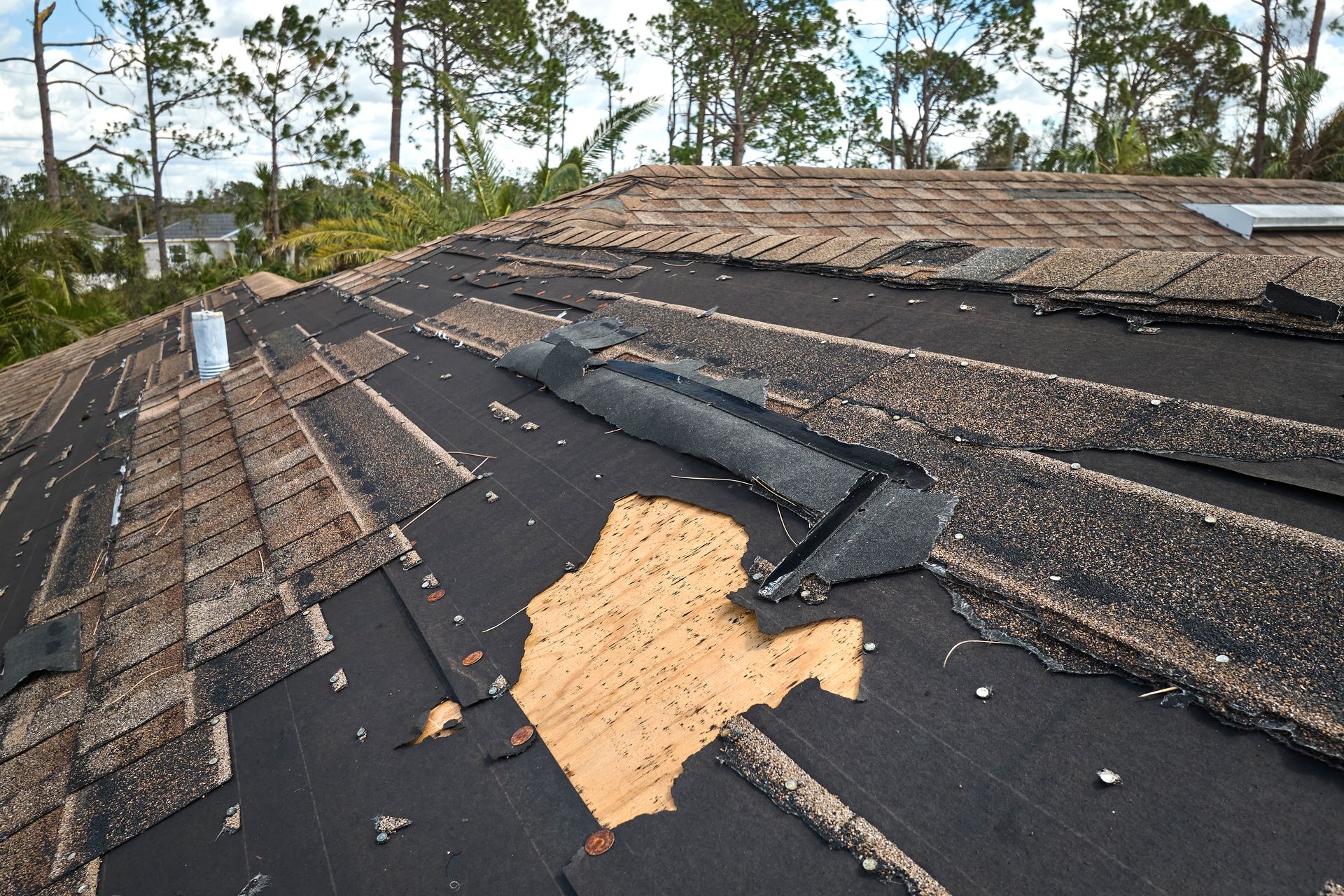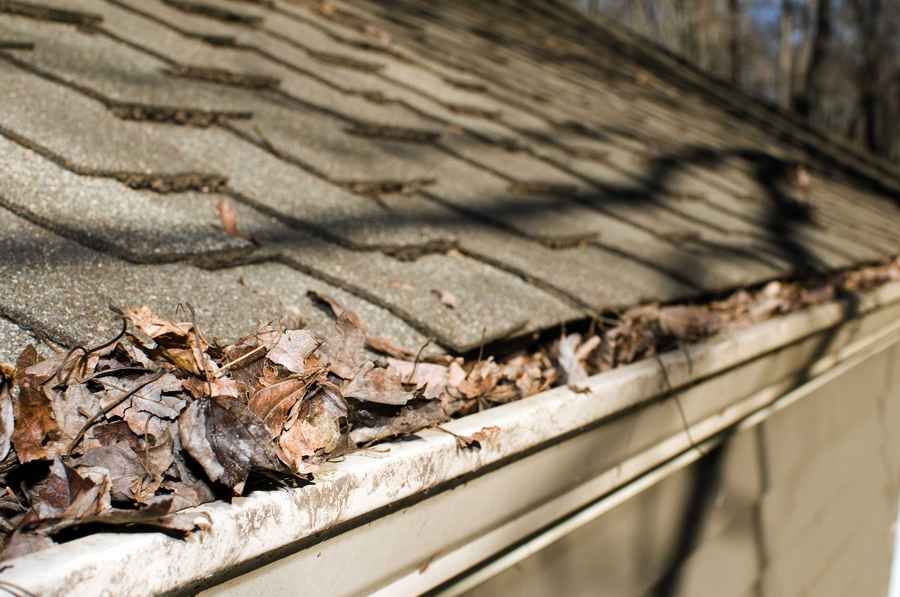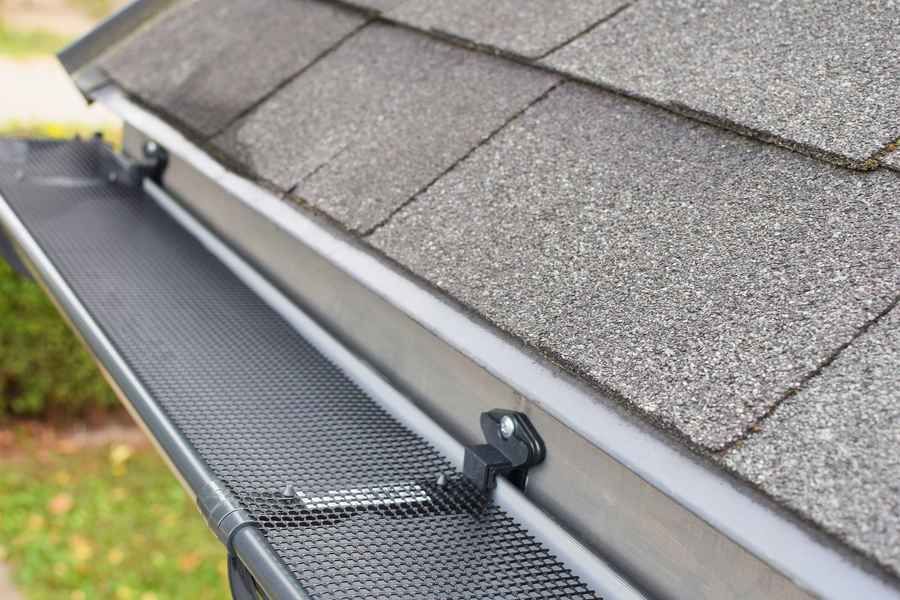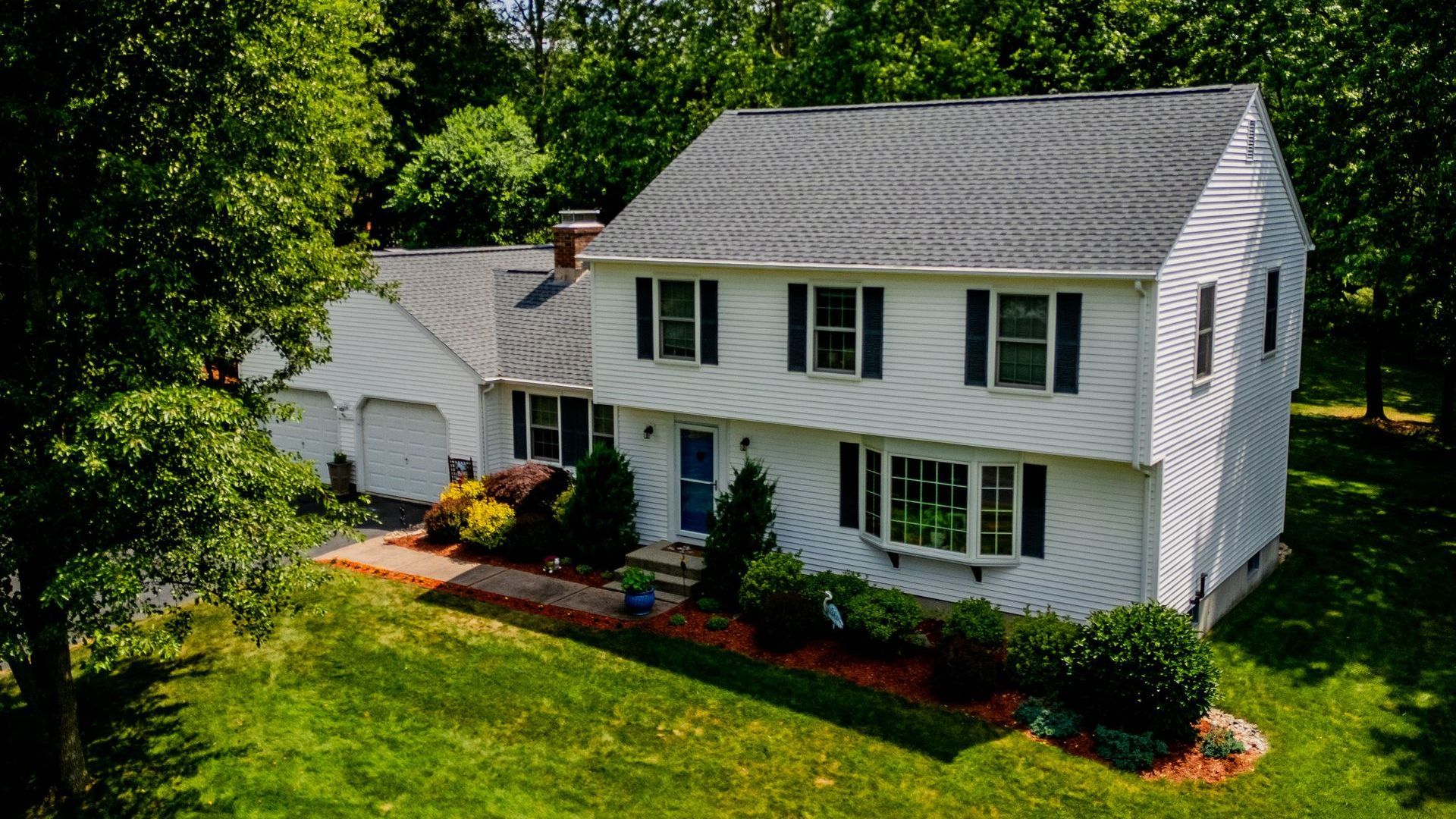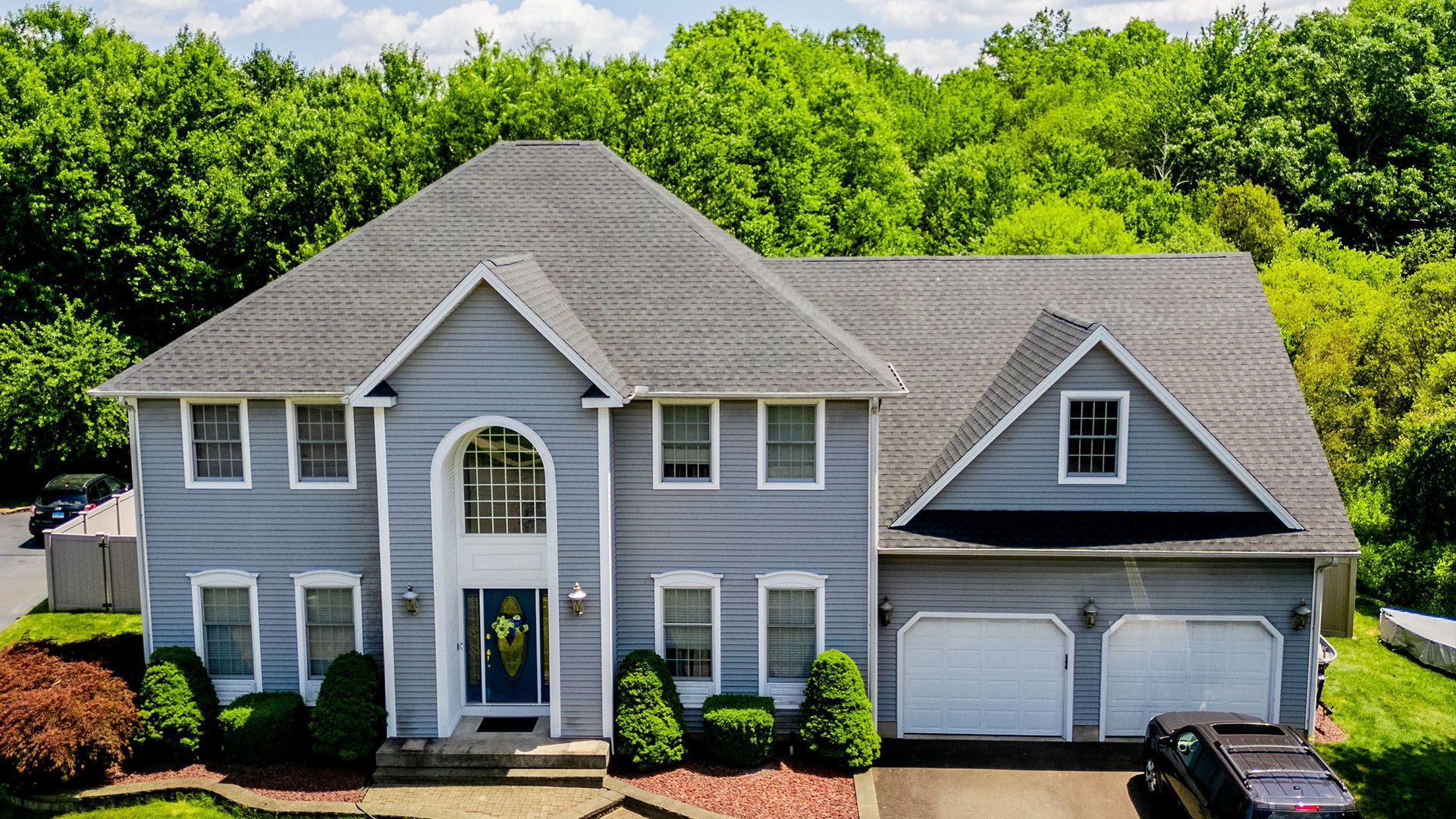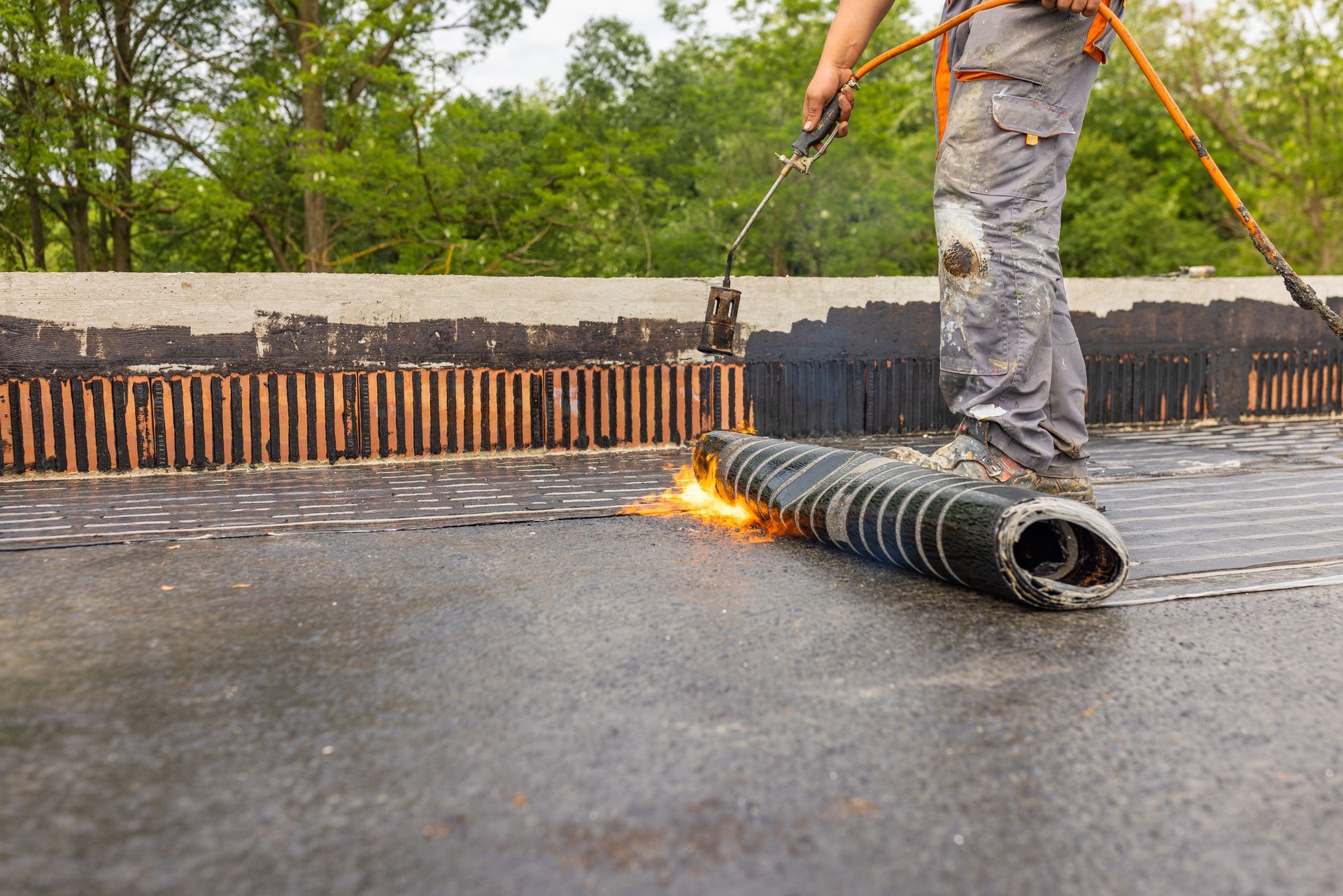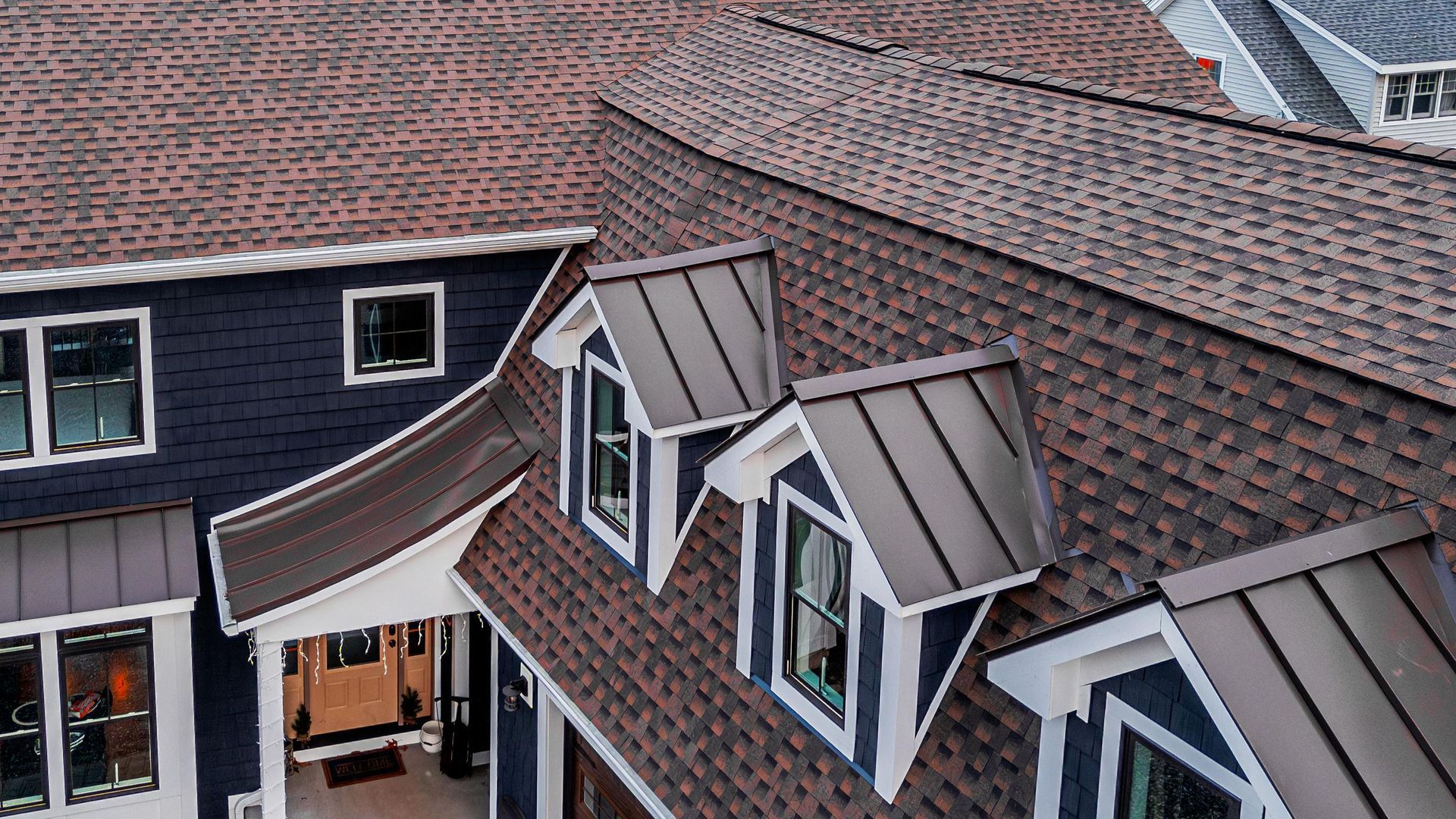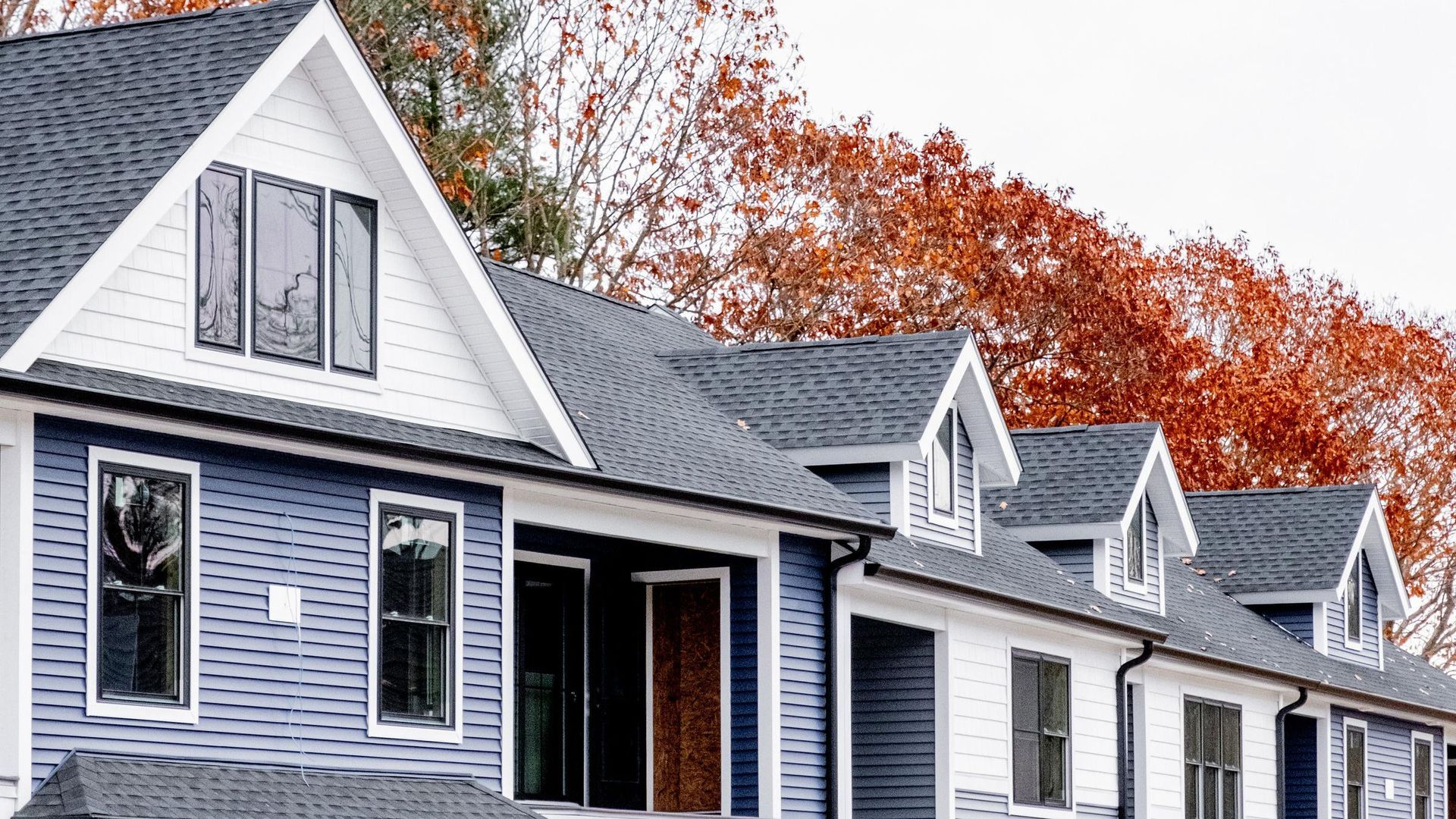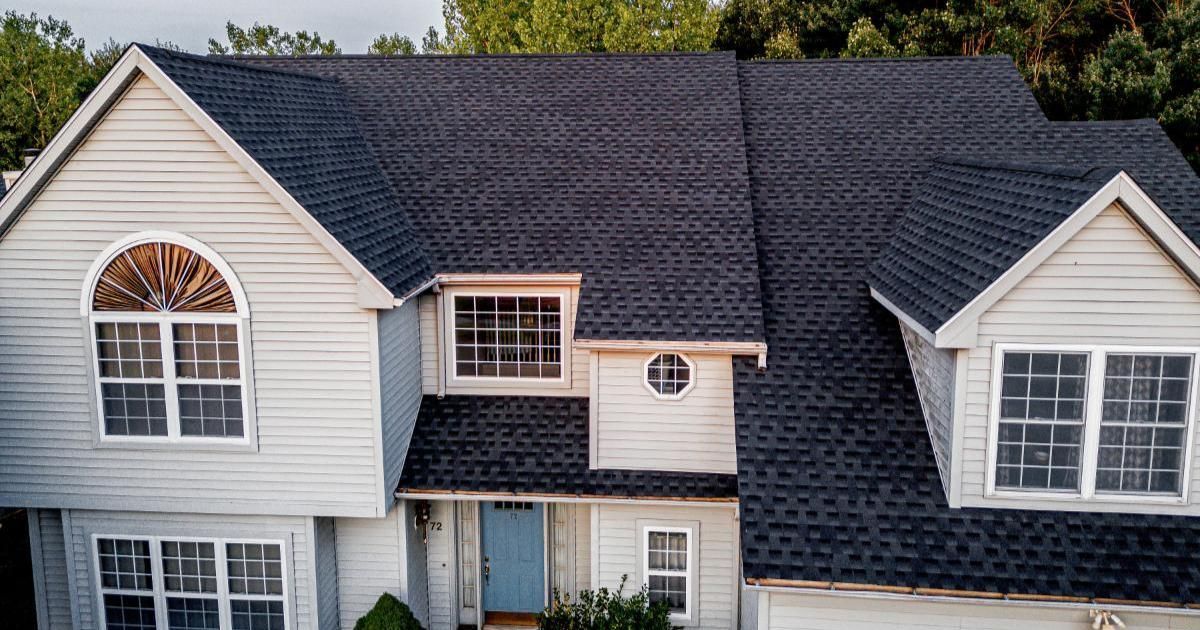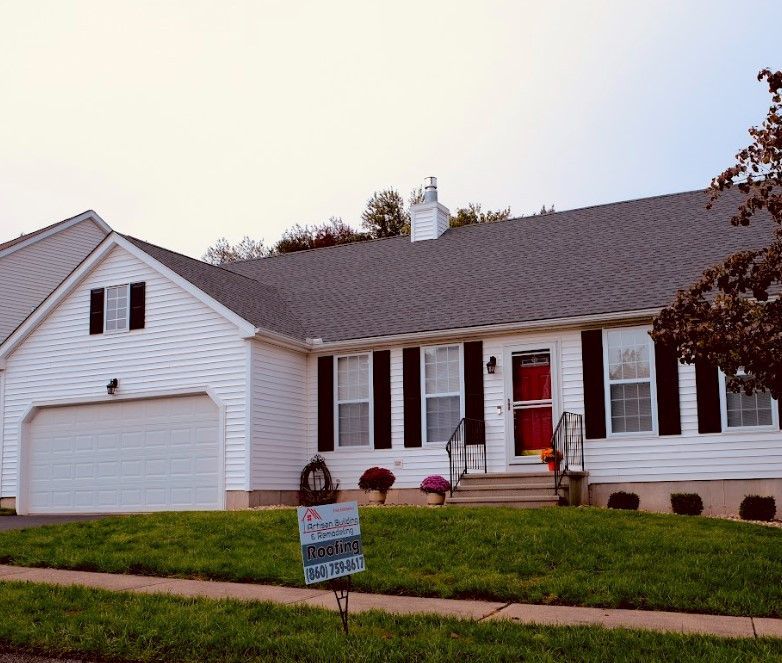How Long Does It Take to Replace Gutters? (Quick & Easy Guide)
January 8, 2025
Replacing gutters usually takes between one to two days. However, if you’re wondering how long does it take to replace gutters, factors like home size, roof design, weather, and chosen materials can affect the timeline. This guide will explore these factors and help you set realistic expectations for your project.
Key Takeaways
- Gutter replacement time varies based on home size, roof complexity, weather conditions, and contractor skills.
- The replacement process includes removing old gutters, addressing underlying issues, and installing new ones, typically completed within a day.
- Hiring professionals for gutter replacement ensures efficient installation, compliance with building codes, and reduces the likelihood of future issues.
Factors Influencing Gutter Replacement Time
Gutter installation timelines depend on various factors such as home size, roof design complexity, chosen materials, and the condition of existing gutters. Weather conditions and contractor expertise can further influence the efficiency of the process.
Recognizing these factors enables homeowners to plan effectively and set realistic expectations for their gutter replacement project. Below are some detailed insights into these factors.
Home Size and Structure
Home size significantly impacts the time needed for gutter replacement. The size of your home demands more gutters and downspouts, extending the installation period.
Multi-story homes require more time for safe removal and installation of gutters at higher levels.
Roof Design and Steepness
Roof design and steepness heavily influence the gutter installation process. Complex designs with multiple gables or intricate features require detailed work, slowing down installation. Roof corners need unique pieces and extra attention, adding to the time required.
Steep roofs pose additional challenges, necessitating safety gear and cautious handling. The use of ladders, harnesses, and other equipment can extend the installation time.
Weather Conditions
Adverse weather conditions, like heavy rain or strong winds, can delay gutter replacement projects due to safety concerns and potential quality issues.
The Gutter Replacement Process
Replacing gutters involves a multi-step process that includes removing old gutters, addressing any underlying issues, installing new gutters, adding downspouts and accessories, and finally, cleaning up the site to replace gutters.
Each step is vital for a successful and durable gutter system.
Removing Old Gutters
Removing old gutters, the first step in the replacement process, can take a few hours to two days, depending on their condition and attachment method. Securely fastened or extensively damaged gutters require more time and effort to remove.
The attachment method of old gutters affects removal time; some are easier to detach, while others, depending on their condition, can complicate the process.
Addressing Underlying Issues
After removing the old gutters, addressing underlying issues like rotted fascia boards, damaged siding, or mold is crucial for the proper installation and functionality of new gutters.
Neglecting these issues can result in further damage and expensive repairs in the future.
Installing New Gutters
New gutter installation is often completed within a day, influenced by home size and roof complexity. Proper alignment and securing are vital for effective drainage and system longevity, especially when considering a new gutter system.
Professional contractors possess the tools and expertise to ensure efficient and accurate installation.
Adding Downspouts and Accessories
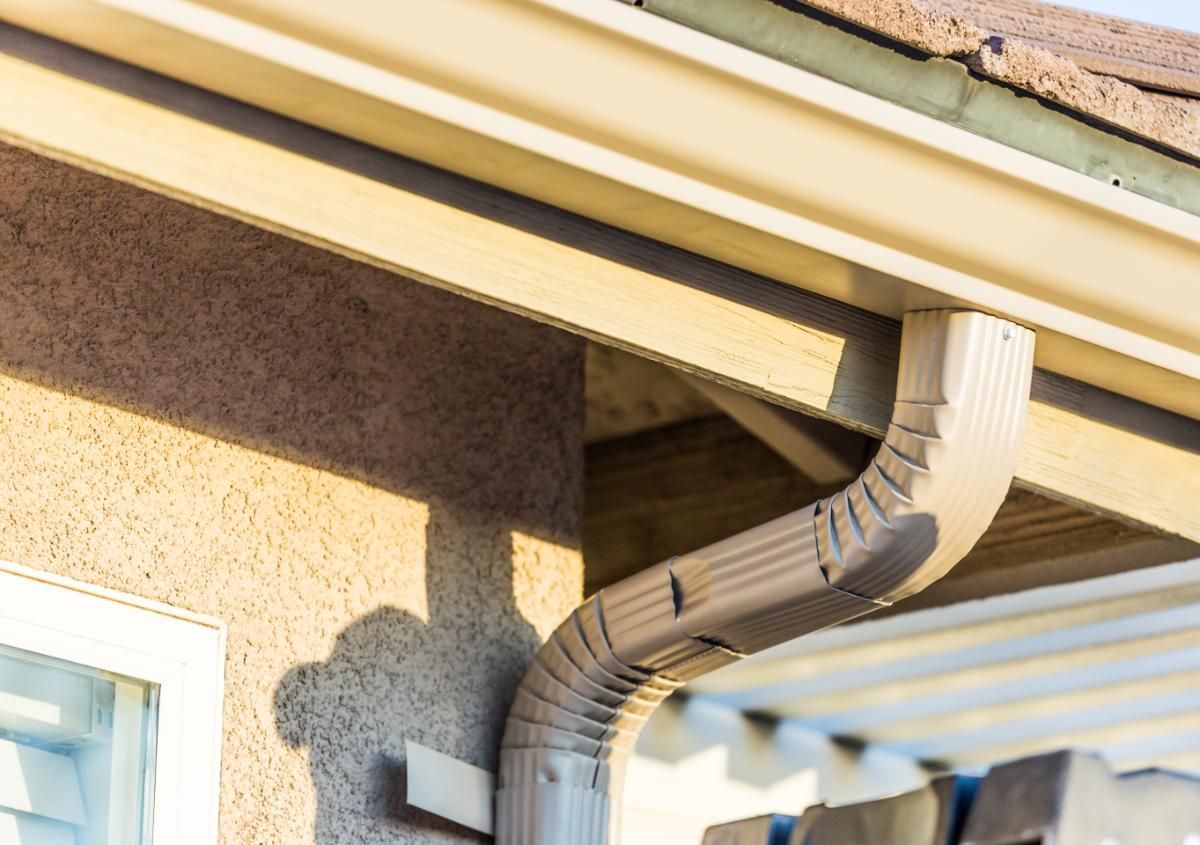
Adding downspouts and other accessories is crucial for directing rainwater away from the foundation, preventing water damage.
Customizing with downspout extensions or gutter guards can extend the installation time.
Site Cleanup
Site cleanup, the final step, involves sorting through debris, removing old materials, and ensuring the site is tidy.
Professional installers usually handle debris disposal, ensuring the site is clean and free of refuse.
Types of Gutters and Their Impact on Installation Time
Gutter type impacts installation time. Seamless and traditional gutters, along with the chosen materials, have varying requirements and timelines.
Seamless Gutters
Seamless gutters, made from a continuous metal piece, minimize leak risks. Professional machinery allows for their seamless gutter installation within a few hours.
Seamless gutters, while beneficial, require precise measurements and professional expertise.
Traditional Gutters
Traditional sectional gutters, made of multiple joined pieces, are easier to transport and install but may have more leak-prone joints. The installation process includes cutting, fitting, and attaching these pieces, potentially increasing project time compared to seamless options.
Material choices, such as aluminum, copper, and steel, affect both aesthetics and installation time. Heavier materials like copper or steel demand more labor and time compared to lighter materials like aluminum.
Material Choices
Gutter materials choice significantly affects installation time. Aluminum gutters install quicker than heavier materials like copper or steel, each with unique challenges and benefits that influence the project’s timeline.
Professional Gutter Replacement
Hiring professionals ensures correct and quick gutter installation. They can complete the job for an average-sized home within a day, using their expertise and tools to ensure proper alignment, security, and compliance with local building codes.
Additional Considerations for Gutter Replacement Projects
Homeowners should consider issues like mold, rotted fascia boards, or damaged siding, which can prolong the installation process, when planning a gutter replacement project.
Addressing these problems before installing new gutters is necessary to avoid further damage.
Customization Options
Customization options, such as gutter guards, downspout extensions, and specialized drainage solutions, can enhance gutter functionality and appearance.
However, these options can extend the project timeline due to additional installation requirements.
Seasonal Demand
Seasonal demand affects availability and scheduling, with longer wait times during peak seasons.
Scheduling your project during off-peak seasons can help avoid delays and ensure timely completion.
Average Gutter Replacement Timeline
The average gutter replacement timeline ranges from one to five hours, often completed within a day. Factors like home size, project complexity, and weather conditions can influence the duration.
Homeowners should plan for potential delays, especially if underlying issues are discovered during old gutter removal.
Why Hiring a Professional is Recommended

Hiring professionals for gutter replacement ensures correct and efficient installation. They have the tools, expertise, and knowledge to install gutters properly, extending their lifespan and protecting your home from water damage.
They also ensure compliance with local building codes, a challenge for DIYers.
Summary
In summary, replacing gutters is a multi-step process influenced by several factors, including the size of your home, roof design, weather conditions, and the type of gutters chosen. While DIY projects can be tempting, hiring a professional ensures that the job is done correctly and efficiently, protecting your home from potential water damage.
Proper planning and understanding of the gutter replacement process can help homeowners set realistic expectations and avoid unexpected delays. By considering the factors discussed in this guide, you can ensure a smooth and successful gutter replacement project.
Frequently Asked Question's
About How Long it Takes to Replace Gutters
How long does it take to remove old gutters?
The removal of old gutters typically takes a few hours to two days, depending on their condition and attachment method. Efficient planning can help streamline the process.
What factors influence the timeline for gutter replacement?
The timeline for gutter replacement is primarily influenced by your home's size, roof design, weather conditions, and the type of gutters selected. Evaluating these factors will give you a clearer idea of the expected duration for your project.
Can weather conditions delay the gutter installation process?
Yes, inclement weather like heavy rain or strong winds can indeed delay gutter installation for safety reasons. Ensuring optimal conditions is crucial for a successful installation.
What are the benefits of hiring a professional contractor for gutter replacement?
Hiring a professional contractor for gutter replacement guarantees proper alignment, secure installation, and compliance with local building codes, significantly reducing the risk of leaks and future issues. This expertise ensures an efficient and high-quality outcome for your home.
How long does it take to install new seamless gutters?
Installing new seamless gutters usually takes one to two days, depending on the project's size and complexity.
Share this Post
